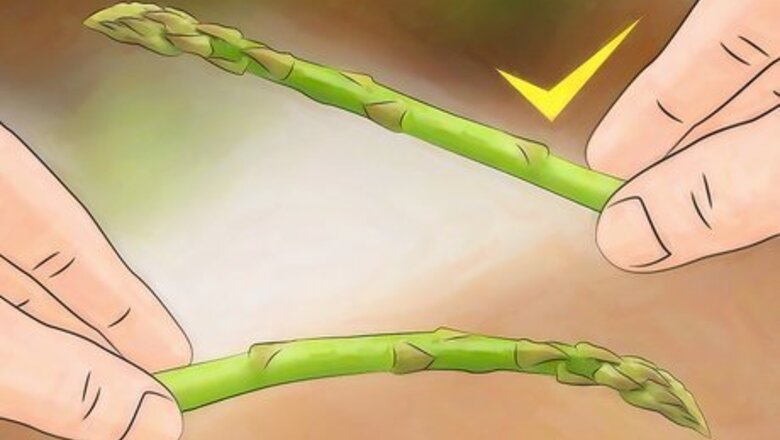
views
Determining the Freshness of Asparagus

Look for asparagus spears that are firm to the touch. They should be straight and not bendable; if you try bending the spear, it should be brittle and "crack." Stalks should be firm but tender.
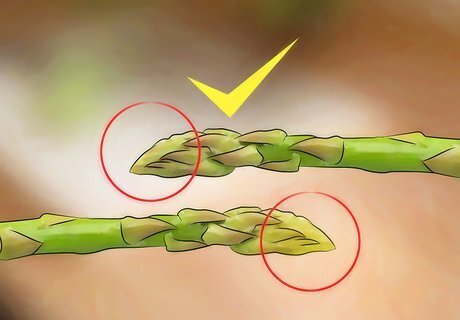
Check the tips of the asparagus spears. For the main part, they should be closed tightly. A nice dark green or purple tinge on the tips is a good indication of quality. If the tips are yellowish or dried out, the asparagus is too old.
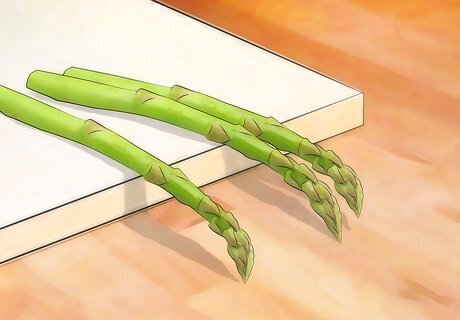
Avoid blemished, mottled, or wilting asparagus. If you do find asparagus like this on special and you're prepared to make soup, then grab a bargain. Asparagus with flowers is long past its prime, so avoid that at all costs.
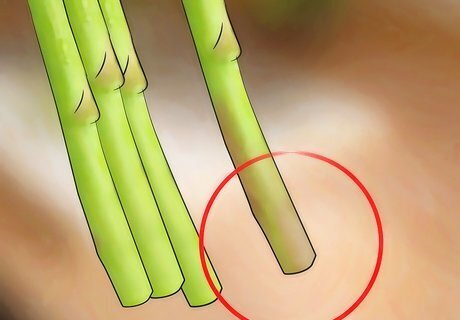
Look at the ends of the asparagus stalks. Your asparagus stalks should be moist and plump. If the stalks look dry, cracked, or “woody” they are probably older and you should find some that are fresher.
Choosing Asparagus Based on Type

Choose the diameter of the spears according to your needs. The size does not affect the tenderness of the spears; rather, you should be looking for signs of freshness instead. Sometimes smaller asparagus is simply a better look for your food presentation but you will get more food from the larger stalks, especially if the price is per bunch.
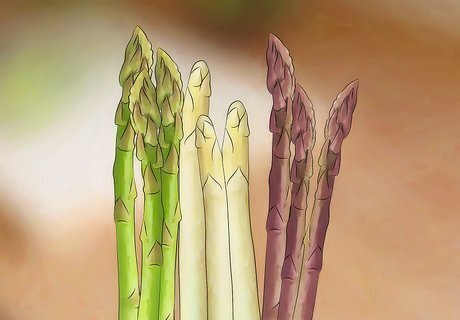
Pick the color of asparagus you want. There are three different types of asparagus when you distinguish based on color. They vary in constitution as well as color. The three colors of asparagus are: Green – Green asparagus gets its color from the process of photosynthesis as the stalk comes out of the ground into the sunlight. This type of asparagus should be a bright green color with purple patches. White – White asparagus is the same as green asparagus except that it is grown in the dark, so there is no color development from photosynthesis. Because it is grown more artificially (without access to direct sunlight), this type of asparagus is usually more expensive. Purple – Purple asparagus is a different variety altogether. It derives its color from high levels of antioxidants in the stalks and has a lower fiber content than the green or white variety. This distinction makes purple asparagus tenderer and sweeter tasting.
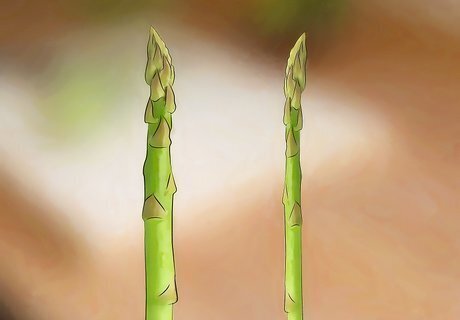
Choose the best type for the flavor you want. Thinner asparagus stems are typically more tender and sweeter. Bigger, fatter asparagus spears are usually meatier in texture and have a stronger asparagus flavor.
Storing Asparagus
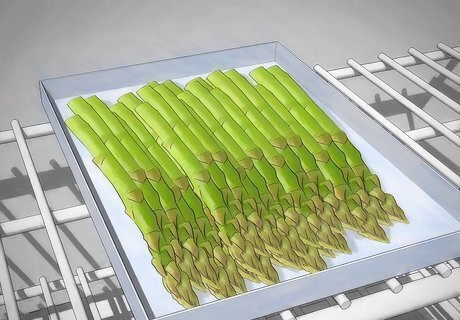
Put your asparagus in the refrigerator. Unlike some dry vegetables, asparagus needs to be stored in the refrigerator. Asparagus left out on the counter or in the pantry will go bad very quickly. For best results, keep your asparagus in the refrigerator so it will last longer. Try putting the asparagus in a plastic bag before you put it in the refrigerator.
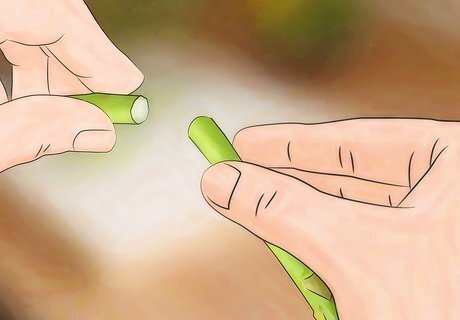
Keep the stalk ends trimmed and damp. To help your asparagus stay fresh, trim the ends of the stalk before you put it in the fridge. Wrap a damp paper towel around the ends to keep the asparagus damp and help it retain its moisture.

Make your asparagus last longer. To help your asparagus last longer, especially if you won’t be using it for several days (up to a week) after purchasing it, cut off one inch of the stalks at the bottom and put the asparagus upright in a cup filled with a little bit of water (probably about one inch standing water). Put a plastic bag over the top of the asparagus and put it in the refrigerator. If the water starts to get cloudy, pour it out and replace it with fresh water. This will help your asparagus last many days longer.



















Comments
0 comment